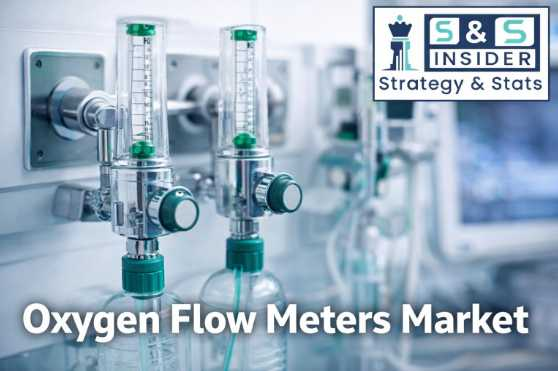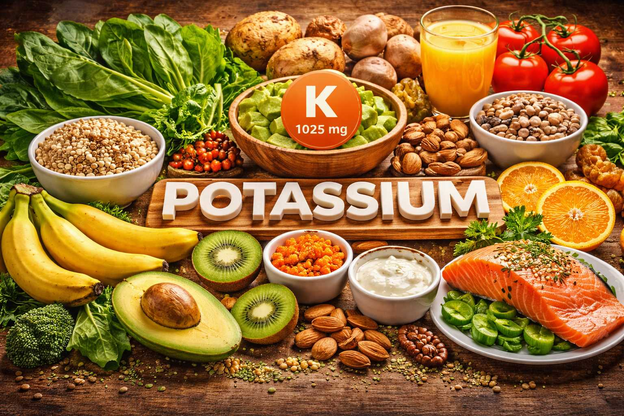
Truck accidents and regular car crashes in Utah, while both involving vehicles on the road, differ significantly in various ways. These differences include the nature of the vehicles involved, the potential for more severe consequences, and the legal complexities surrounding these incidents. Understanding how truck accidents differ from regular car crashes is crucial for anyone involved in such a situation, whether they are drivers, passengers, or even legal professionals.
Size and Weight Disparities
The Massive Difference in Vehicle Size
One of the most significant differences between truck accidents and car crashes is the sheer size and weight disparity between commercial trucks and regular passenger vehicles. Commercial trucks, especially those with trailers, can weigh upwards of 80,000 pounds, far more than the average passenger car that weighs around 3,000 pounds. This weight difference means that when a truck collides with a passenger car, the latter is more likely to suffer catastrophic damage.
For example, the physics of such a collision often results in more severe injuries and fatalities due to the force of impact. Trucks require significantly more time and distance to stop, which can lead to accidents, especially in sudden braking situations.
Increased Force in Truck Collisions
A truck’s larger size also contributes to the increased force in a collision. The energy released during an impact is proportional to both the mass and velocity of the vehicle involved. Therefore, when a truck crashes into a regular car, the destruction is usually much more extensive. This can result in severe damage to the car, potentially crushing it or causing it to veer off the road into dangerous areas like oncoming traffic or a ditch.
Truck Load and Cargo
Many accidents involving commercial trucks are influenced by the type of cargo being carried. If the load is improperly secured, it can cause the truck to lose control, or the cargo may spill out, creating additional hazards for other drivers. Unlike passenger vehicles, which typically do not carry such large loads, trucks have unique risks related to cargo weight, balance, and load shifts, making truck accidents particularly dangerous.
Factors Contributing to Truck Accidents
Driver Fatigue and Hours of Service Regulations
Truck drivers are often required to drive for extended hours, sometimes across long distances, which increases the risk of fatigue. The Federal Motor Carrier Safety Administration (FMCSA) has regulations that limit the number of hours a truck driver can work in a single stretch to combat this issue. However, violations of these regulations are not uncommon, leading to accidents caused by fatigue and impaired reaction times. In contrast, regular car drivers, while also at risk of fatigue, generally do not face such demanding schedules.
Truck Maintenance and Mechanical Failures
Given the size and complexity of commercial trucks, regular maintenance is essential for ensuring they remain roadworthy. Mechanical failures, such as brake malfunctions, tire blowouts, or engine issues, can cause catastrophic accidents. The larger size and higher weight of trucks make these issues even more hazardous, as drivers may find it difficult to maintain control in the event of a mechanical failure.
In contrast, while car maintenance is also important, the potential consequences of a mechanical failure in a passenger vehicle are usually less severe than those in a truck. However, when a commercial vehicle breaks down or fails, it can block multiple lanes or cause large-scale accidents.
Blind Spots and Visibility Issues
Another key difference between truck and car accidents in Utah is the issue of blind spots. Trucks have significantly larger blind spots than cars, which can lead to accidents when truck drivers fail to see vehicles in these areas. Car drivers may also be unaware of these blind spots, inadvertently cutting off trucks or causing collisions.
Weather Conditions and Driving Challenges
Truck drivers in Utah, especially in winter months, often face more challenging road conditions due to the state's mountainous terrain and snowy weather. These factors increase the likelihood of accidents for trucks, which require more stopping distance and are more prone to tipping over under certain conditions. While passenger vehicles are also affected by weather, the risk for trucks is amplified due to their size and load.
Legal Differences in Truck Accidents
Complex Legal and Liability Issues
Truck accidents in Utah tend to involve more complex legal issues than regular car accidents. One of the reasons for this complexity is that multiple parties can be held responsible for a truck accident. In addition to the driver, the trucking company, manufacturers, and even third-party logistics providers may be liable for the crash, depending on the circumstances. This is significantly different from regular car accidents, where liability typically falls on the driver alone.
For example, a truck driver might be employed by a company, and that company could be held liable for accidents caused by the driver’s fatigue, improper training, or maintenance issues. Legal representation for truck accident victims is crucial, and Utah truck accident legal professionals are well-versed in navigating the complexities of these cases.
Federal Regulations and Insurance
Truck accidents are governed not only by state laws but also by federal regulations established by the FMCSA. These regulations cover a broad range of issues, including driver qualifications, hours of service, and vehicle safety standards. As a result, truck accident cases often require an in-depth understanding of federal law in addition to Utah state law.
Another important difference is the amount of insurance required for truck drivers. Commercial trucks are required to have significantly higher liability coverage than passenger vehicles. This higher level of insurance is meant to cover the increased potential for damage and injury that comes with truck accidents.
What to Do After a Truck Accident in Utah
If you are involved in a truck accident in Utah, it’s essential to take the following steps:
Seek Medical Attention: Always prioritize your health and well-being. Even if you feel fine, injuries from truck accidents may not become apparent until later.
Contact Law Enforcement: Always report the accident to local authorities. A police report can serve as valuable evidence in a potential claim.
Document the Scene: Take photos of the accident scene, including any visible damage, road conditions, and weather at the time.
Consult with Legal Professionals: Given the complexity of truck accident cases, it’s vital to work with experienced legal professionals who understand both state and federal regulations. Law firms offer expert legal assistance for truck accident victims in Utah.
Avoid Discussing Liability: Do not admit fault at the scene of the accident, as doing so could affect your ability to seek compensation.
Conclusion
Truck accidents in Utah differ from regular car crashes in numerous ways, ranging from the size and weight of the vehicles involved to the complex legal factors that come into play. Understanding these differences is crucial for anyone involved in a truck accident. If you’ve been involved in a truck accident, working with experienced legal professionals is essential to navigate the complexities of your case and to ensure you receive the compensation you deserve.
For more information on how to proceed with your truck accident claim, consult with legal professionals who specialize in such cases.



















